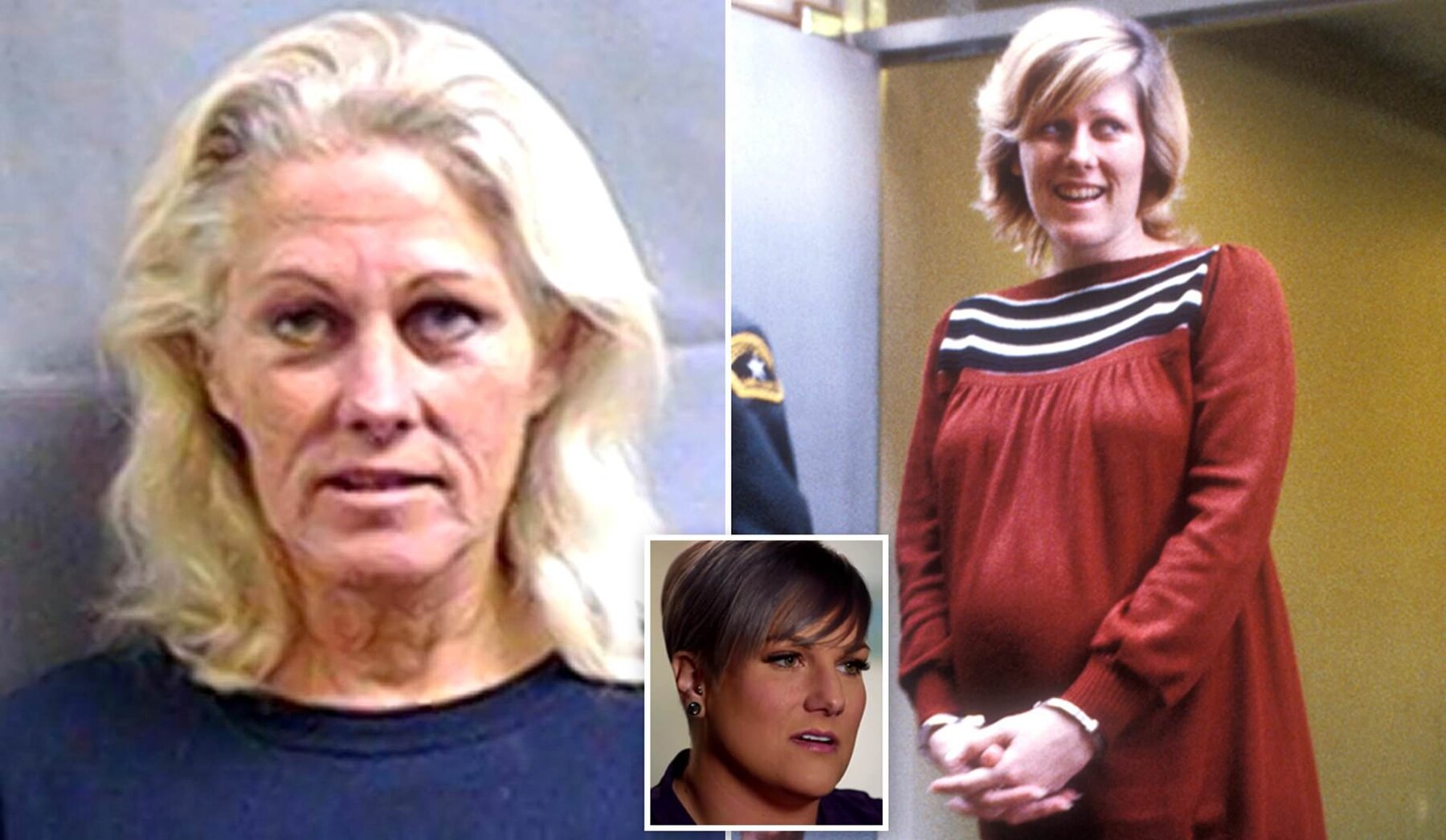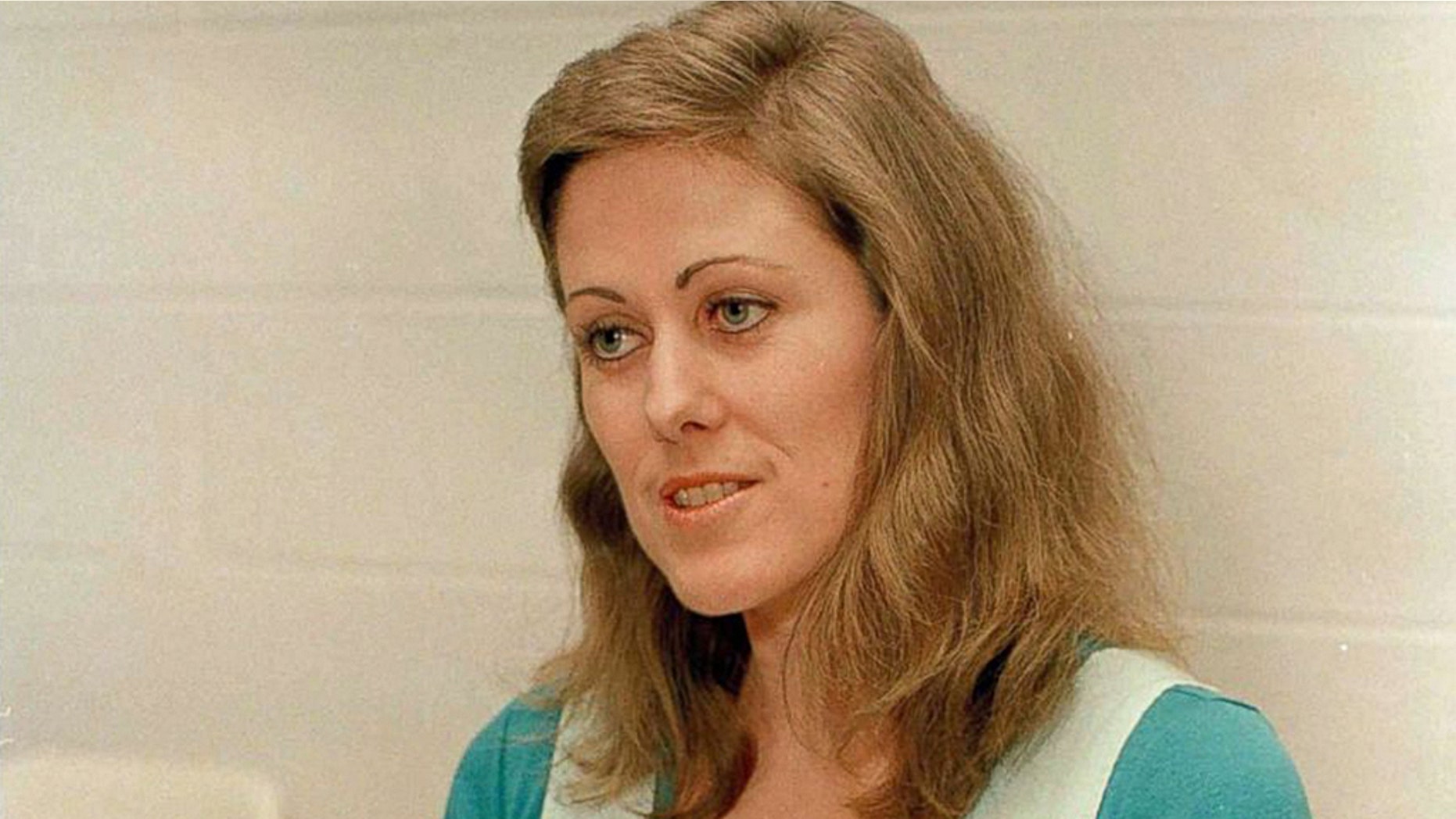Diane Downs: The Chilling Story - Where Is She Today & Why?
Could a mother truly orchestrate the unthinkable? The Diane Downs case, a chilling saga of maternal horror, continues to haunt the American psyche, underscoring the unsettling reality that even the most sacred bonds can be shattered by human depravity. The narrative surrounding Diane Downs is a labyrinth of calculated cruelty, desperate longing, and a chilling disregard for the sanctity of life, cementing her place as one of the most infamous figures in criminal history. Her actions, a confluence of personal turmoil and profound psychological dysfunction, sparked a media firestorm and ignited a debate that continues to resonate today, exploring the depths of maternal instinct gone awry and the unsettling fragility of the human mind.
The dark chapter in Diane Downs' life commenced in the late 1970s, culminating in a crime that not only violated the trust between a mother and her children but also challenged the very foundations of societal understanding of maternal love. Her subsequent conviction for the murder of her daughter Cheryl and the attempted murder of her other two children, Christy and Danny, played out in a courtroom drama filled with harrowing details and shocking revelations, leaving the public grappling with the incomprehensible nature of her actions. The Diane Downs narrative serves as both a chilling cautionary tale and a stark reminder of the multifaceted complexities of mental health and its far-reaching implications for both individuals and society.
| Personal Information | Details |
|---|---|
| Name | Diane Downs |
| Date of Birth | August 7, 1955 |
| Birthplace | Phoenix, Arizona |
| Children | 3 (1 deceased) |
| Occupation | Nurse |
| Criminal Status | Incarcerated |
| Reference | Wikipedia - Diane Downs |
Born Diane Lynn Frederickson on August 7, 1955, in Phoenix, Arizona, Diane Downs entered a world shadowed by familial instability. As the second of three children, her formative years were characterized by a palpable absence of emotional nurturing, leaving indelible marks that would later manifest in her complex psychological profile. The undercurrent of turmoil that permeated her childhood served as a breeding ground for deep-seated insecurities and a yearning for validation, setting the stage for a life fraught with emotional volatility and a desperate search for fulfillment.
- Urgent Which Ramen Is On Recall Safety Guide Amp Brand List
- Ramen Recall Alert What You Need To Know Now
Following her graduation from high school, Diane embarked on a career in nursing, a profession that offered both financial stability and a sense of purpose as she began to build her family. However, her personal life was a tempestuous sea of fleeting romances and escalating crises. Diane's relationships were often short-lived, marked by intense passion followed by equally intense conflict, leaving her emotionally drained and increasingly desperate. These personal struggles, compounded by a growing sense of isolation, would eventually culminate in the horrific events that would forever define her legacy.
The idyllic facade of Diane Downs' life shattered irrevocably on May 19, 1983, a day etched in infamy as the day she drove her three childrenChristy, Danny, and Cheryldown a desolate road in Oregon, setting in motion a chain of events that would reverberate through the criminal justice system and the collective consciousness of the nation. Diane's initial claim that a stranger had ambushed them, attempting to abduct her children and shooting them in the process, quickly unraveled under the scrutiny of law enforcement. The meticulous investigation that followed would expose a web of inconsistencies and damning evidence that pointed directly to Diane as the perpetrator of this unspeakable act.
The youngest of the trio, Cheryl, succumbed to her injuries, leaving a void that could never be filled. Christy and Danny, although grievously wounded, miraculously survived, their lives forever scarred by the trauma they endured. The chilling details of the crime scene painted a grim picture, and as investigators delved deeper, glaring discrepancies in Diane's account began to surface. Her demeanor, often described as unnervingly calm and detached, further fueled suspicions, leading investigators to question the veracity of her claims and ultimately pursue her as the prime suspect in the heinous crime.
- Prudence Murdoch From Media Heiress To Philanthropic Leader Unveiled
- Unlock Your Chart The Stellium Calculator Explained Examples
- Date of Crime: May 19, 1983
- Location: Springfield, Oregon
- Victims: Diane's three children
- Outcome: Cheryl died, while Christy and Danny survived
The trial of Diane Downs, which commenced in 1984, became a national spectacle, captivating the public with its macabre details and the unfathomable nature of the crime. The prosecution meticulously constructed a narrative portraying Diane as a remorseless, calculating mother driven by a selfish desire to eliminate her children in order to pursue a romantic relationship. The evidence presented against her was compelling, including glaring inconsistencies in her testimony and the conspicuous absence of physical evidence to support her claims of an outside attacker. Her demeanor in court, often described as cold and detached, further alienated the jury and reinforced the prosecution's portrayal of her as a heartless and manipulative individual.
On June 2, 1984, after a gripping trial that held the nation in suspense, Diane Downs was found guilty of one count of murder and two counts of attempted murder. The sentence handed down was severe: life in prison, plus an additional 50 years, a punishment commensurate with the magnitude of her crimes. The trial was significant not only for the horrifying nature of the crime but also for the psychological insights it offered into Diane's complex and deeply disturbed character, prompting widespread discussion about the factors that could drive a mother to commit such a heinous act against her own children.
The psychological underpinnings of Diane Downs' actions have been the subject of intense scrutiny and debate among mental health professionals. Experts have sought to unravel the complex motivations that could drive a mother to perpetrate such unspeakable acts against her own offspring. Various theories have been proposed, each attempting to shed light on the dark recesses of her mind and explain the inexplicable.
- Narcissistic Personality Disorder: Many psychologists posit that Diane exhibited pronounced traits of narcissistic personality disorder, characterized by an exaggerated sense of self-importance, a pervasive lack of empathy, and an insatiable need for admiration and attention. This narcissistic disposition may have fueled her desire to be the center of attention, even if it meant orchestrating a horrific tragedy.
- Childhood Trauma: The traumatic experiences of her troubled childhood may have contributed to her emotional instability and her inability to form healthy, lasting relationships. The absence of consistent emotional support and the presence of familial conflict could have left her with deep-seated insecurities and a distorted perception of love and attachment.
- Desire for Freedom: Some experts suggest that Diane's actions may have been driven by a desperate desire to escape the perceived constraints of motherhood and reclaim her independence. The responsibilities of raising three children may have felt overwhelming, fueling a desire to shed those burdens and pursue her own selfish desires without the encumbrance of parental obligations.
Within the confines of prison, Diane Downs transformed into a figure of morbid fascination, attracting both public condemnation and a strange sort of notoriety. She penned a book titled "My Story," in which she presented her version of events, attempting to sway public opinion and maintain her innocence. The book was met with mixed reactions, with some viewing it as a manipulative attempt to garner sympathy, while others saw it as a genuine, albeit misguided, expression of remorse. Regardless of its intended purpose, "My Story" only served to further fuel the public's obsession with her case and solidify her place in the annals of true crime history.
Throughout her decades-long incarceration, Diane has steadfastly maintained her innocence, launching numerous appeals and petitions for early release. However, her requests have been consistently denied, often amidst public outcry from those who believe she should never be granted freedom. The legal battles surrounding her case have been protracted and often contentious, with prosecutors arguing that her continued denial of responsibility demonstrates a lack of genuine remorse and reinforces the need to keep her behind bars.
As of the current date, Diane Downs remains incarcerated, having spent decades confined within the walls of the prison system. Her case continues to command media attention, sparking ongoing debates about the nature of justice, the complexities of mental illness, and the appropriate consequences for heinous crimes. In recent years, she has been involved in various legal proceedings, tirelessly pursuing her quest for parole, but her efforts have consistently been met with vehement opposition from the public and the legal system alike. The prospect of her release continues to elicit strong emotions and raises difficult questions about the balance between punishment, rehabilitation, and the safety of society.
The Diane Downs saga has left an indelible mark on American culture, transcending the boundaries of a mere criminal case to become a cultural phenomenon. Her story has served as the inspiration for countless documentaries, books, and fictionalized dramatizations, each seeking to dissect the intricate layers of her psyche and understand the motivations behind her unfathomable actions. The enduring public fascination with true crime, coupled with the inherent human desire to understand the darkest aspects of the human condition, ensures that her story will continue to be retold and reinterpreted for generations to come. The legacy of Diane Downs serves as a chilling reminder of the potential for evil that resides within us all and the importance of confronting the complex issues of mental health and societal dysfunction.
- David Draiman The Rock Icon Of Disturbed His Life Story
- Exciting Telugu Movies On Movierulz In 2024 Your Ultimate Guide

Diane Downs The most famous murderous mother of all time Film Daily

The Mommy Murder case of Diane Downs Where is she now? Film Daily

Convicted child killer Diane Downs' daughter details learning infamous